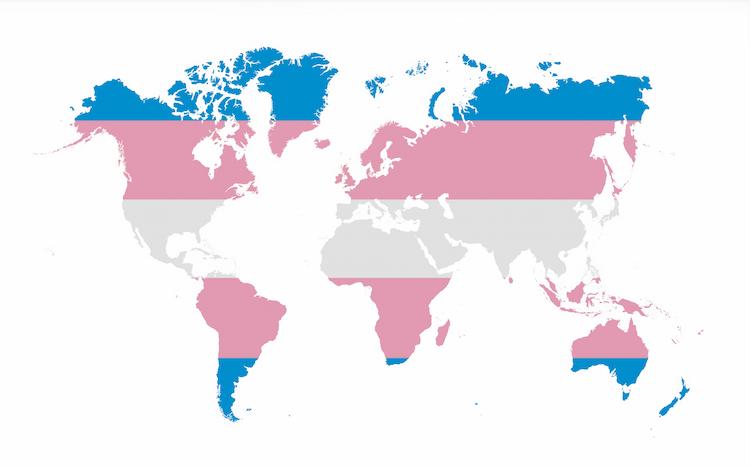
In today’s world, diversity and inclusion in clinical trials is a hot topic. Lately, the focus has been on increasing racial and ethnic minority inclusion in clinical trials to make the data more representative for them, but we are missing a large piece of the inclusion puzzle. While FDA has released several guidance documents on diversity and inclusion, the LGBTQIA+ community has been largely overlooked, specifically the transgender community.
Why is this topic so important? There are currently 1.6 million people in the United States who identify as trangender1. In a recent survey, 44% of US adults say they know someone who is transgender2. So, chances are, if you’re reading this, you know of someone who fits within this growing group of people whose gender does not match the gender they were assigned at birth.

When it comes to clinical trial recruitment, how do we include, for example, transwomen (women who were assigned male sex at birth and have transitioned to female)? Recently, we were enrolling patients for a clinical trial for a genetic disorder only affecting males. During this process, a transgender woman reached out asking if she could participate while transitioning — which she should have been able to do. However, since the protocol specifically stated that only males could be enrolled, we were unable to permit her participation. This experience sparked the question: Are we excluding the transgender community from potentially lifesaving or life-improving treatments, simply because protocols are not accounting for them?
There is a responsibility for the medical community to advance their understanding of the transgender and nonbinary communities in order to provide appropriate healthcare to these populations. It is the responsibility of the pharmaceutical and biotechnology industry to do the same. While adding gender-neutral language to our patient-facing documents inclusive of consent forms might be helpful, it is certainly not the sole panacea. We must ensure that investigational new drugs and clinical trials account for the transgender community in the effort to make medical treatments accessible and clinical trial data representative of all.
While we don’t have all the answers yet, the first step is to begin the conversation so progress can be made. The FDA’s recent draft guidance titled Diversity Plans to Improve Enrollment of Participants From Underrepresented Racial and Ethnic Populations in Clinical Trials; a Draft Guidance for Industry; Availability is a move in the right direction but has no mention of including people with diverse gender identities.
Making clinical trials truly inclusive for all will take collaboration across the industry. Join us for a larger conversation about the recent draft guidance and the challenges it addresses, as well as transgender inclusion in clinical trials, in our upcoming webinar on Tuesday, July 12 “All Means All: The Road to Inclusivity in Clinical Trials,” as our panelists have a thoughtful and much-needed discussion to begin taking steps in the right direction.
- https://williamsinstitute.law.ucla.edu/wp-content/uploads/Trans-Pop-Update-Jun-2022.pdf
- https://www.pewresearch.org/fact-tank/2022/06/07/about-5-of-young-adults-in-the-u-s-say-their-gender-is-different-from-their-sex-assigned-at-birth/



